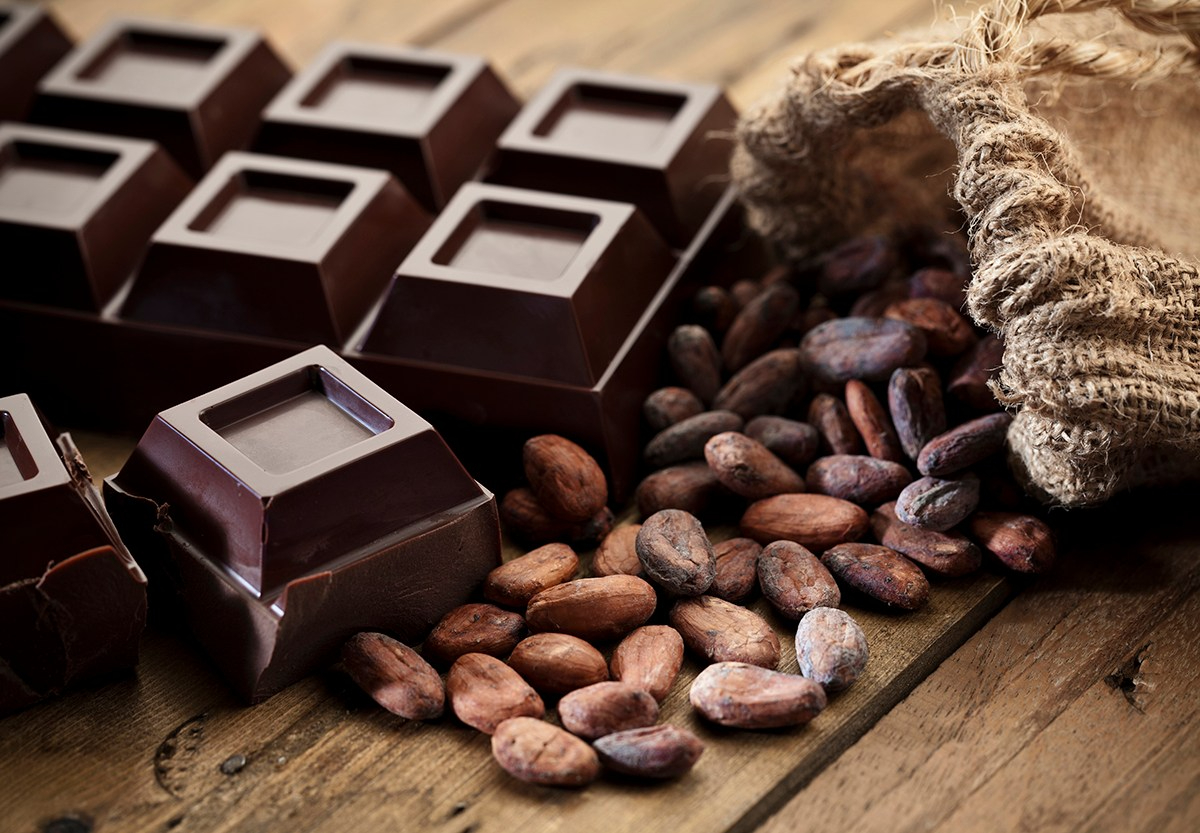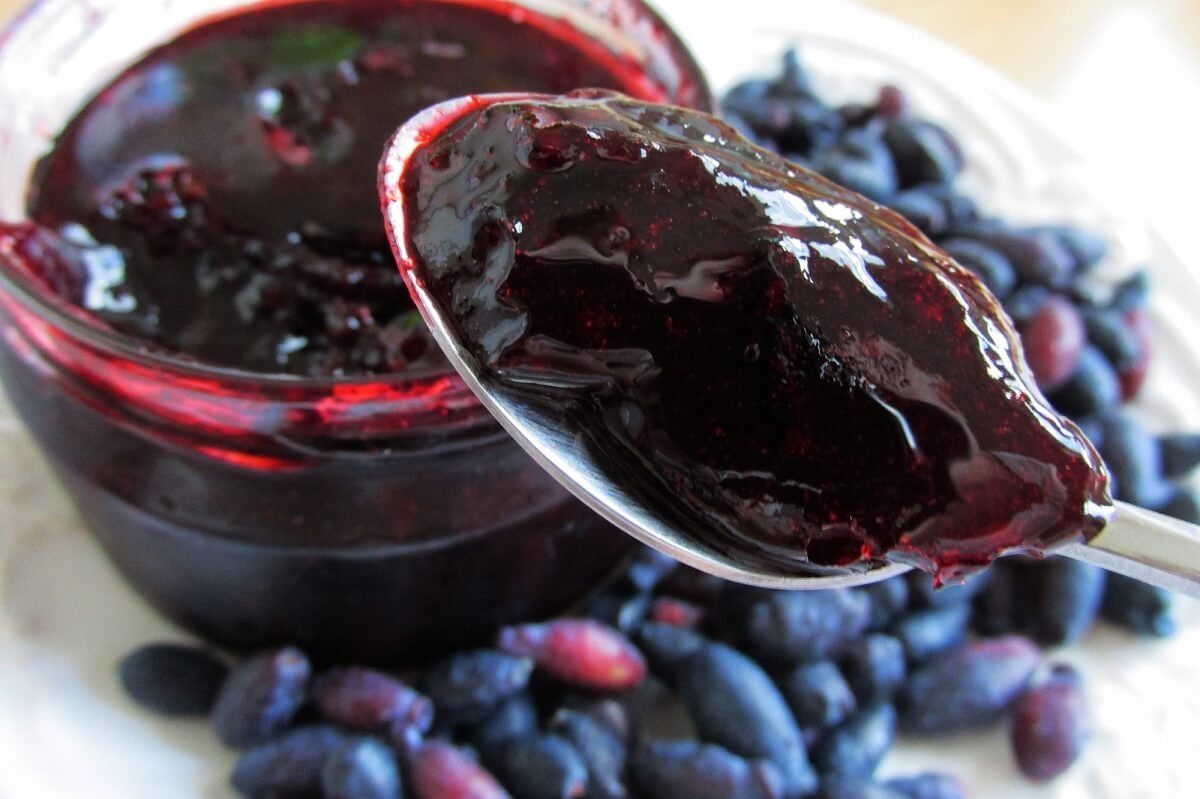What is useful about chocolate — 6 facts about its effect on the human body
Chocolate is a product consisting of sugar, cocoa powder and butter. The proportions of these ingredients, as well as the presence of milk, determine the type of chocolate.
Cocoa powder is considered one of the healthiest foods on the planet, which makes chocolate valuable for health.
Content
6 proven properties of any chocolate

Chocolate, regardless of the variety, is a mixture of cocoa butter, cocoa powder, sugar, and sometimes milk. Modern confectioners also add nuts, raisins, dried fruits, and even jams and cookies to it.
Some manufacturers use artificial fats, dyes, preservatives and sweeteners, which allows them to achieve ideal organoleptic properties at a low cost, but makes chocolate harmful to health.
Any chocolate without harmful additives contains some vitamins and minerals (iron, magnesium, copper, manganese, zinc, phosphorus and potassium) and, most importantly, antioxidants, which determine the health benefits of chocolate.
With regular consumption of chocolate, the following changes are observed in the human body:
- Reduces the risk of cancer . Antioxidants neutralize free radicals. These aggressive molecules can increase the risk of developing malignant tumors and some chronic pathologies. Researches proved that antioxidant substances, in addition to cancer, prevent the development of strokes and myocardial infarction, coronary heart disease, hypertension, type II diabetes mellitus, as well as neurodegenerative pathologies.
- Lowers blood pressure . Substances contained in cocoa, stimulating formation of nitric oxide by the endothelium of arterial vessels. Nitric oxide causes local relaxation of smooth muscle cells of the arteries and, as a result, a decrease in blood pressure. Chocolate is an excellent helper in controlling the course of hypertension.
- Fights atherosclerosis . Cocoa powder reduces the concentration of total cholesterol, as well as its atherogenic fractions (low-density lipoproteins) in blood plasma. As a result, there are no prerequisites for the formation of atherosclerotic plaques on the walls of arteries and the development of deadly diseases (stroke or myocardial infarction).
- Takes care of the skin . Cocoa powder, according to research results, improves metabolic processes in the thickness of the dermis, moisturizes the skin and increases blood flow to it. The product also protects the skin from harmful solar ultraviolet radiation.
- Improves brain function . Antioxidants of cocoa powder improve the work of brain cells in conditions of limited oxygen supply (for example, in vascular dementia). The product also has a stimulating effect on the cerebral cortex, increasing mental performance and positively affecting the cognitive sphere (attention, thinking, memory).
- Provides prevention of diabetes mellitus . Chocolate fights the main mechanism of development of type II diabetes mellitus – insulin resistance. The product can be used for the prevention and even therapy (together with medications) of type II diabetes mellitus in both women and men.
Which chocolate is healthier – a review of 4 types
Each grade of chocolate, depending on the mass fraction of cocoa powder, butter and sugar, differs in a set of useful properties, or a negative effect on the body.
Below we will look at the most popular types of chocolate to determine which one is the most beneficial for our health.
1. Gorky
 Bitter chocolate has a high cocoa content (from 70%). This product is considered the most beneficial for health
, as it is practically devoid of sugar.
Bitter chocolate has a high cocoa content (from 70%). This product is considered the most beneficial for health
, as it is practically devoid of sugar.
It improves the functioning of the cardiovascular system, does not have a negative effect on body weight, helps to increase mental performance .
A colossal amount of cocoa, with excessive intake of chocolate, can lead to side effects. In addition to allergic reactions, there may be: exacerbations of chronic diseases of the esophagus, stomach and duodenum; sleep disorders.
2. Dark
 Chocolate labeled &171;dark&187; or &171;black&187; contains slightly less cocoa (from 40 to 70%). It is characterized by a more pleasant milky taste, less tart and bitter.
Chocolate labeled &171;dark&187; or &171;black&187; contains slightly less cocoa (from 40 to 70%). It is characterized by a more pleasant milky taste, less tart and bitter.
Dark chocolate contains 30-200% more sugar than bitter chocolate and is often supplied with additives (raisins, nuts, dried fruits, fruit and berry jams).
The side effects of overeating dark chocolate include: overweight or obesity. Disorders of the gastrointestinal tract are not typical for him.
3. Dairy
 Milk chocolate, according to GOST, must contain at least 25% cocoa powder. Additionally, the composition includes powdered milk or cream, a large amount of sugar.
Milk chocolate, according to GOST, must contain at least 25% cocoa powder. Additionally, the composition includes powdered milk or cream, a large amount of sugar.
Milk chocolate is practically devoid of the main value – cocoa, but it is full of simple carbohydrates. The health benefits are questionable.
With irrational consumption, it is possible to develop not only obesity, but also pathologies of the glycemic background (up to type II diabetes mellitus).
It is important to study the composition carefully. It is this type of chocolate that often serves as the basis for milk fat substitutes and other harmful additives due to the low cost of the final product and the abundance of sugar.
4. White
 Is a product with the addition of powdered milk, sugar, cocoa butter and vanillin. It contains completely no cocoa powder.
Is a product with the addition of powdered milk, sugar, cocoa butter and vanillin. It contains completely no cocoa powder.
The abundance of simple carbohydrates makes white chocolate a harmful product that is not recommended for consumption (it is especially dangerous to give it to a child under 10-14 years old).
Excessive dessert intake also negatively affects the health of the cardiovascular system. It contributes to the appearance of atherosclerotic deposits on the walls of arteries and the development of fatal vascular catastrophes (stroke, myocardial infarction).
Tips for use
The main aspects of a healthy intake of any chocolate are discussed below:
- How to store . The product should be stored in a dry and relatively cool place (no more than 15-18 °C), devoid of sunlight. The packaging should be airtight (it is best to use packaging from the manufacturer). Storage in the refrigerator is unacceptable.
- What is the expiration date . Shelf life varies depending on the variety: for bitter and dark – 12 months; milk – up to 10 months; milk with nut filling or raisins – up to 3 months; for white – no more than 1-2 months.
- How much is possible per day . It is not recommended to consume more than 40-50 grams of bitter chocolate per day, the norm for milk and black chocolate is up to 80-100 grams. When adding a product to a diet, the overall energy value of the diet should be carefully monitored.
- When is it better to eat . Chocolate is best consumed after eating a standard meal. Eating for breakfast (on an empty stomach) or after a period of prolonged fasting (over 6 hours) is unacceptable. Milk chocolate can be eaten anytime, except for a period of time before bedtime.
- What to combine with . Any kind of chocolate perfectly harmonizes with desserts (mainly dairy) and drinks, baked goods and even fruits.
Conclusion
- Chocolate reveals the full value and health benefits of cocoa powder.
- There are many varieties of chocolate. In a simplified version, they can be represented as follows: bitter, dark, milky, white. Bitter is considered the most useful, and white is generally not recommended for consumption.
- Chocolate improves the health of the cardiovascular system, supports the functioning of the central nervous system, prevents the development of malignant tumors and type II diabetes mellitus.
- It is important to remember that any chocolate is a high–calorie product, replete with simple sugars. It is necessary to carefully normalize consumption.





